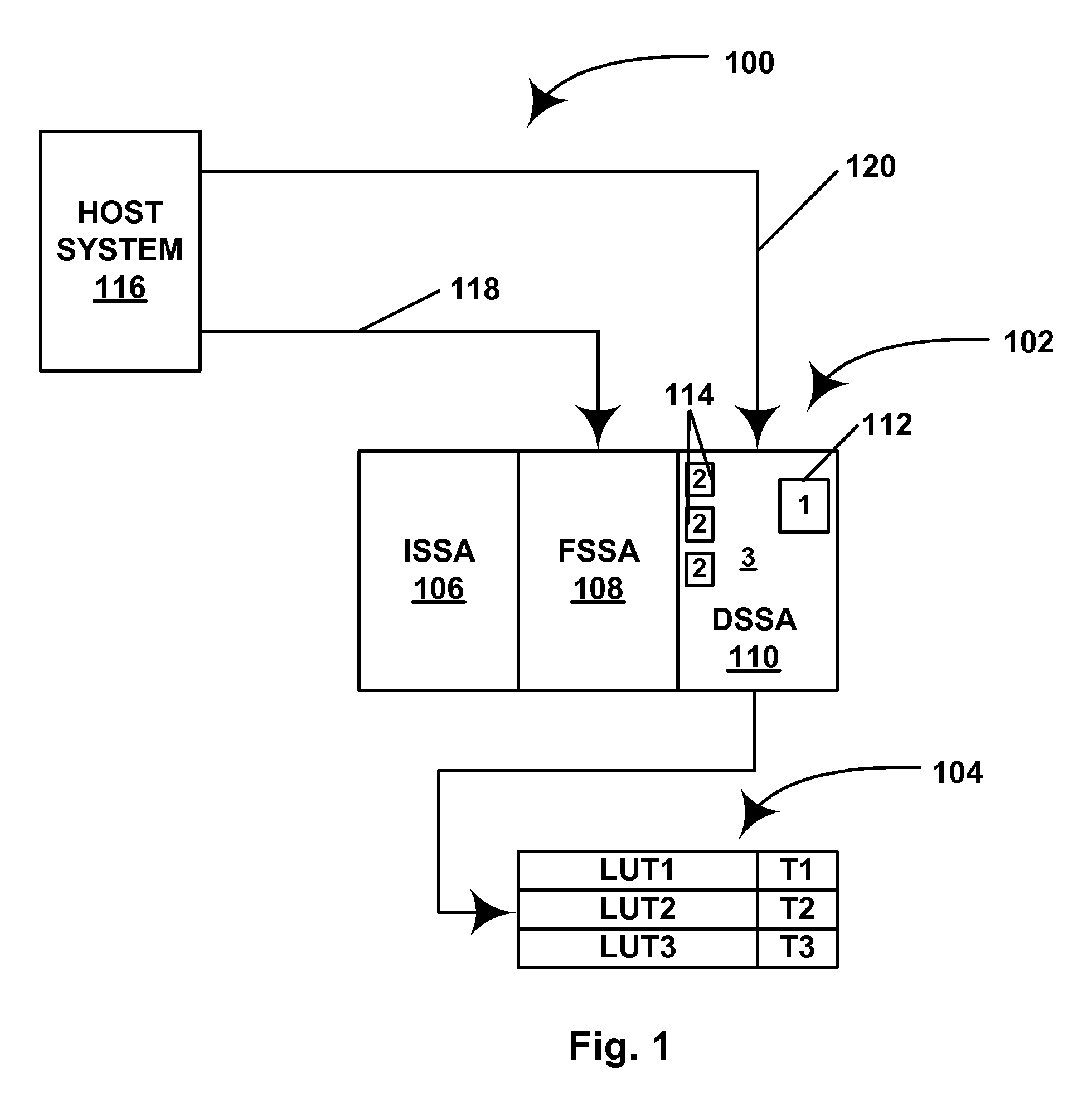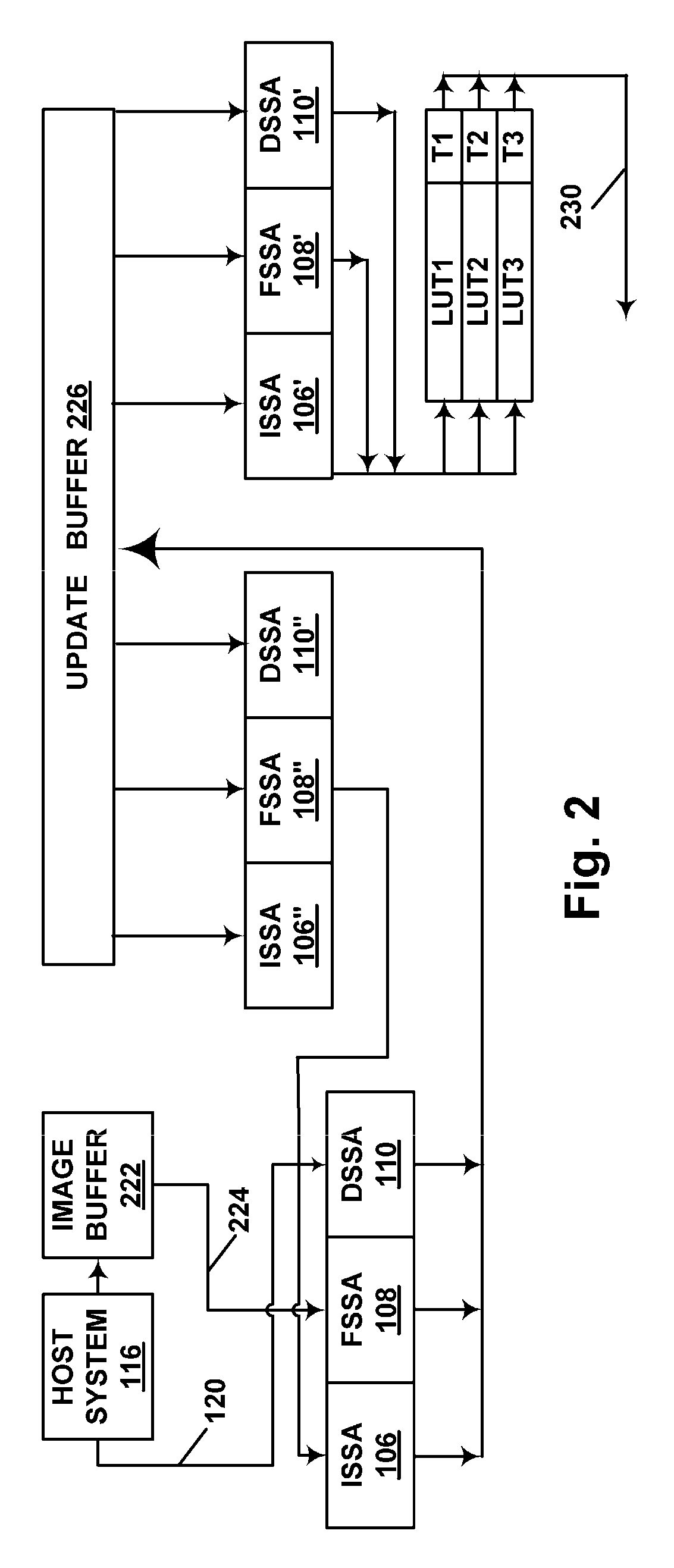Methods for driving electro-optic displays
a technology of electro-optic displays and displays, applied in the direction of electric digital data processing, instruments, computing, etc., can solve the problems of inadequate service life of these displays, preventing their widespread use, and gas-based electrophoretic media being susceptible to the same types of problems
- Summary
- Abstract
- Description
- Claims
- Application Information
AI Technical Summary
Benefits of technology
Problems solved by technology
Method used
Image
Examples
Embodiment Construction
[0097]As indicated above, the present invention provides a data structure and method for operating a bistable electro-optic display. This data structure and method of operation allow for the simultaneous use of multiple drive schemes in the display. In preferred forms of the data structure and method of the present invention, the multiple drive schemes can begin at different times and thus run independently of each other.
[0098]The statement that the multiple drive schemes used in preferred forms of the present method can begin at different times does not imply that any given drive scheme can begin at any arbitrary time; commencement of the drive schemes is of course subject to certain limitations due to the manner in which the electro-optic display is driven. As discussed in the aforementioned MEDEOD applications, most high resolution displays use active matrix backplanes, with pixel electrodes arranged in a two-dimensional matrix defined by row electrodes and column electrodes. One...
PUM
 Login to View More
Login to View More Abstract
Description
Claims
Application Information
 Login to View More
Login to View More - R&D
- Intellectual Property
- Life Sciences
- Materials
- Tech Scout
- Unparalleled Data Quality
- Higher Quality Content
- 60% Fewer Hallucinations
Browse by: Latest US Patents, China's latest patents, Technical Efficacy Thesaurus, Application Domain, Technology Topic, Popular Technical Reports.
© 2025 PatSnap. All rights reserved.Legal|Privacy policy|Modern Slavery Act Transparency Statement|Sitemap|About US| Contact US: help@patsnap.com



